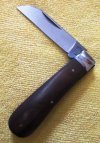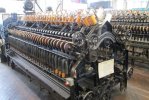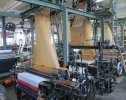- Joined
- Jan 17, 2011
- Messages
- 15,193
Thanks for the kind words and it is indeed old oak. It is my desk from my childhood ....good eye !!Great photo ~ old oak, leather, bone, and steel.
Hope we see more of this knife!
Thanks for the kind words and it is indeed old oak. It is my desk from my childhood ....good eye !!Great photo ~ old oak, leather, bone, and steel.
Hope we see more of this knife!
Mighty fine...wow !!!We're heading out to church in a few minutes. I think this one will do just fine! Hope everyone has a nice Sunday!
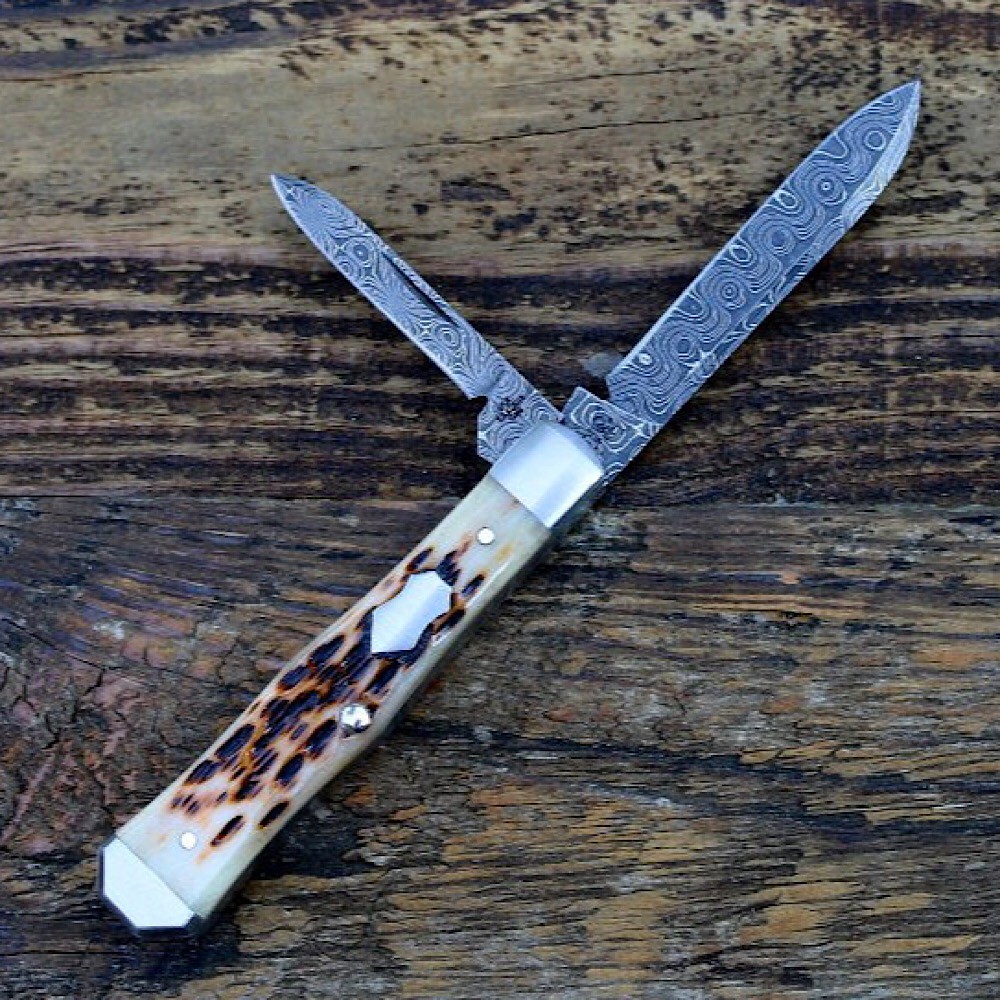
We're heading out to church in a few minutes. I think this one will do just fine! Hope everyone has a nice Sunday!
If you know how they were specifically used to fix looms, could you comment in it?
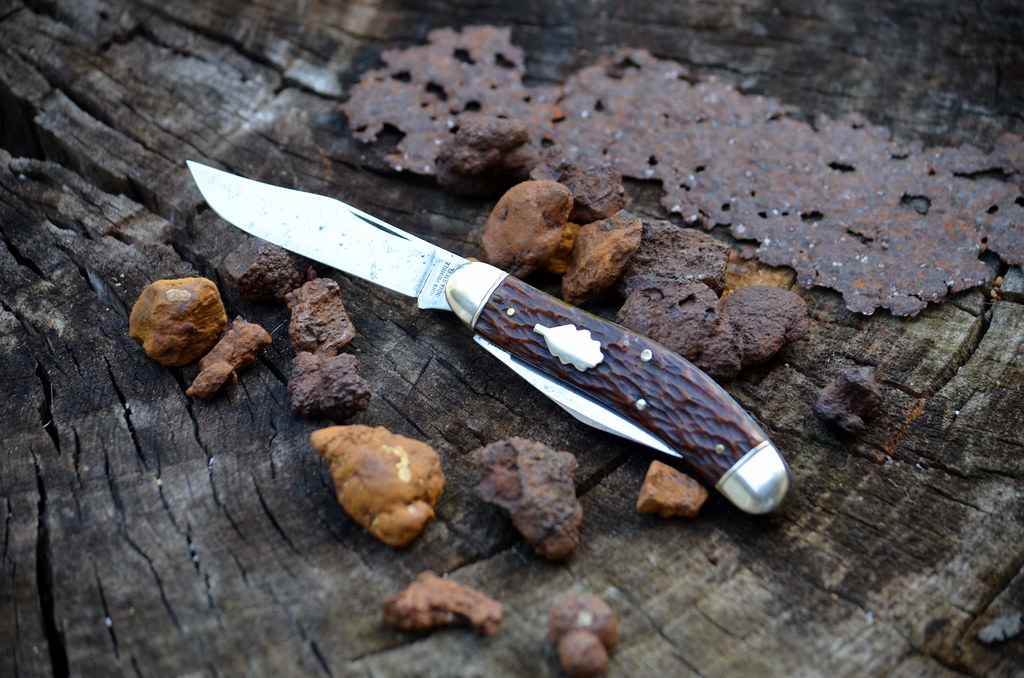
Thank you, Stuart. I hope to do a little whittling today, and figured the little Robeson will help with carving the detail.That's a beauty, Ron. Have a blessed Sunday.
r8shell I understand why you have that pair on hand again. Truly fine examples of working knives.
- Stuart
Lovely pearls!I had to dig down in my pearl pit to get today's totin' pair: an E.C. Simmons Keen Kutter sleeveboard lobster pen (1870-1940) and a Utica bottle opener pen (I have a hard time putting a date on a Utica).



- Stuart

Be glad to. This applies to pre 1950's shuttle type looms, as the design and materials were much different in air jet, water jet, and rapier type looms. Fly shuttle looms used a lot of wood in many of the major power transfer components, and used leather to slow down and cushion the shuttle being thrown from one side to another mechanically to insert one pick (thread), generally this was about 180 to as high as 250 picks per minute. The leather needed trimming from time to time (from nicks and cuts from a wayward shuttle would cut the thread) and cloth needed to be cut to work underneath the loom, the shuttles were made of wood mostly and sometimes a knife was needed to trim the fur used to line them (to partially maintain the thread tension). Wood used in the raceways needed trimming from damage sometimes and the very old looms used heavy cordage to move the harness frames up and down (they had wood components as well in the early years. Here's a video of a loom that might be helpful in seeing the workings, we had five thousand at one location I worked. The Loom Fixer pattern was the right tool for working with leather, wood, and cordage safely.
 Have you ever posted in the Tackler's Knife thread Jerry?
Have you ever posted in the Tackler's Knife thread Jerry?
I had to dig down in my pearl pit to get today's totin' pair: an E.C. Simmons Keen Kutter sleeveboard lobster pen (1870-1940) and a Utica bottle opener pen (I have a hard time putting a date on a Utica).



- Stuart

"The Rains Came" by Louis Bromfield




Today I have a bit of a dilemma. Now I have two #66 knives...
Of course I have my trusty #66 Stockman that is with me more days than not. But I just picked up a #66 Jack off the exchange from @Suttree1, already nicely broke-in. I'd been looking for a #66 Jack for a while because I figured I'd love it. I was right! But now my beloved Stockman has a big rival for pocket time. Not going to carry both at once, but I can see switching back and forth a lot before one of them declares themselves a clear winner. It's a nice problem to have

Great-looking Lambsfoot Steve
That's a beautiful knife--not boring at all. I'm anxiously awaiting the forum knife as well, though.Same old. Boring I know but until the forum knife gets into my grubby paws, it's unlikely to change.

Jack Black no I have not.
Steve Pfeiffer included a very basic explanation I gave him some years for his 2nd edition of Collecting Case Knives. It's so odd, I had never heard the pattern called a Loom Fixer until I read Steve's first book, it was just a pattern I saw fixers using. The weaving plant where I spent most of my manufacturing years produced cotton sheeting, it had been in operation since the late 1880's. We had over a thousand looms in one room, it was hot, the humidity was high, dusty, and noisy. We did not have overhead belt driven looms, but one company we acquired, according to the old employees, still had the belt driven looms into the early 70's before OSHA shut them down. It was incredibly dangerous.

